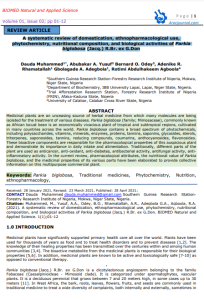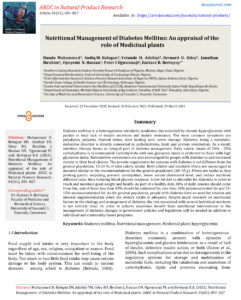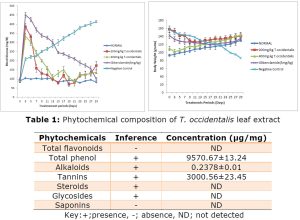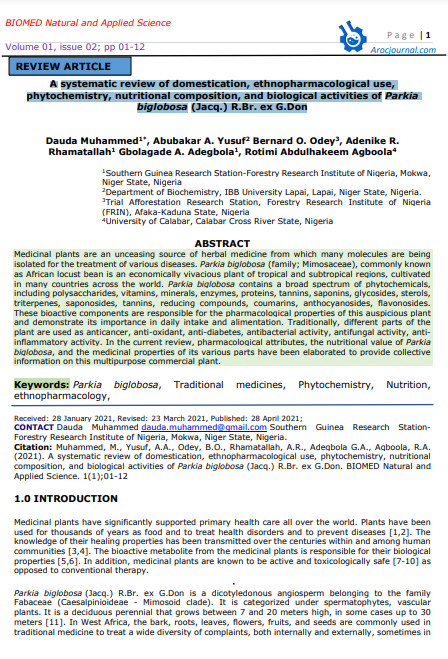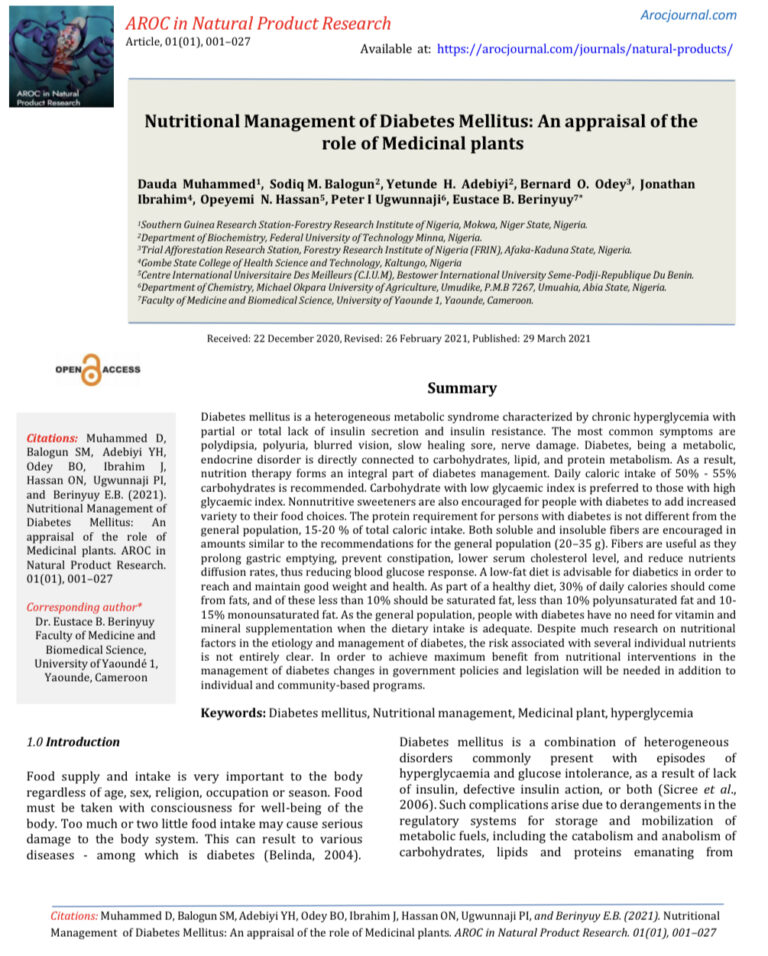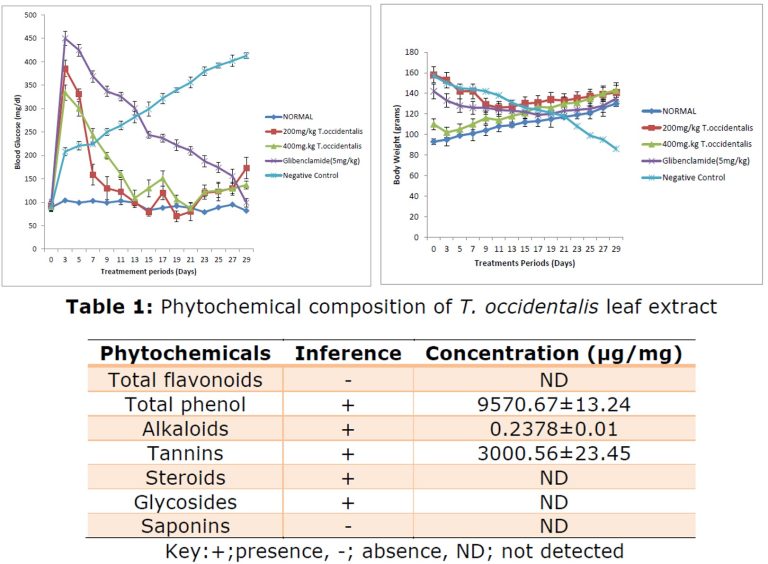In the ever-shifting sands of digital technology, where users flit between smartphones, tablets, and desktops with effortless expectation, Progressive Web Apps (PWAs) have emerged as a compelling bridge. Imagine a world where a single codebase delivers an app-like experience—complete with offline access, push notifications, and home screen installation—without the silos of platform-specific development. As a researcher who’s spent years dissecting web architectures, I’ve seen PWAs evolve from a niche experiment to a mainstream strategy, particularly as we hit 2025 with its emphasis on seamless, device-agnostic interactions. This article probes the mechanics of PWAs in closing the mobile-desktop chasm, offering a lens into their transformative potential.
We kick off with historical context, then survey today’s landscape of trends and hurdles. A technical deep dive ensues, unpacking core frameworks and methodologies. Case studies ground our discussion in reality, before we ponder implications and chart research frontiers. Through this, we aim to equip scholars and practitioners with nuanced insights, fostering a dialogue on how PWAs redefine user experiences in a multi-device era.
Background and Context
The genesis of PWAs traces to 2015, when Google engineers Alex Russell and Frances Berriman coined the term to describe web apps that progressively enhance based on device capabilities. Rooted in service workers—JavaScript scripts running in the background for caching and offline support—PWAs built on earlier hybrid app concepts like PhoneGap but eschewed wrappers for direct browser integration. This addressed a core pain point: the fragmentation between web’s ubiquity and native apps’ richness. Historically, web apps were fast to deploy but lacked polish; native ones offered superior UX but demanded separate iOS/Android builds, inflating costs.
By the early 2020s, PWAs gained traction amid rising mobile web usage—over 50% of global traffic—and browser advancements like WebAssembly for performance boosts. Contextually, this aligns with the post-pandemic surge in remote work, where users demand consistent experiences across laptops and phones. PWAs leverage HTTPS for security, app manifests for metadata, and push APIs for engagement, effectively blurring lines. As data shows, PWAs can reduce development time by 75% compared to dual native apps, making them ideal for startups and enterprises alike. Yet, their rise reflects broader shifts: from monolithic apps to modular, web-first designs in an era of 5G and edge computing.
Current Trends and Challenges
Entering 2025, PWAs are riding high on trends like offline-first architectures and AI integration. With app stores facing antitrust scrutiny, PWAs sidestep gatekeepers, enabling direct distribution via URLs— a boon for monetization through web payments. Trends include deeper hardware access via Web APIs (e.g., Bluetooth, NFC), fostering IoT integrations, and progressive enhancement for low-bandwidth regions. Market projections peg the PWA sector at $2.8 billion, driven by e-commerce and media.
Challenges, however, temper enthusiasm. Browser inconsistencies—Safari’s lagged support for push notifications until iOS 16.4—hinder universality. Installation friction remains: Users must manually add to home screens, unlike native auto-prompts, leading to lower adoption in some demographics. Performance pitfalls arise from over-reliance on JavaScript, risking battery drain on mobiles, while security concerns like service worker vulnerabilities demand vigilant updates. Accessibility gaps, such as inconsistent screen reader support, pose ethical hurdles. Moreover, measuring ROI is tricky; while PWAs cut costs, quantifying UX gains requires sophisticated analytics. These issues underscore the need for robust testing and hybrid strategies.
Technical Analysis, Frameworks, or Methodologies
At PWAs’ heart lie three pillars: reliability (offline via caching), speed (fast loads), and engagement (app-like features). Service workers act as proxies, intercepting network requests for precaching—e.g., using Workbox library to strategize stale-while-revalidate patterns. App manifests (JSON files) define icons, themes, and display modes, enabling full-screen immersion.
Frameworks accelerate development: React with Create React App’s PWA template offers hooks for offline detection; Angular’s CLI bakes in service workers for modular builds. Vue.js shines for lightweight PWAs, with plugins like Vue CLI PWA for manifest generation. Ionic extends Capacitor for hybrid PWAs, bridging to native APIs. Methodologies emphasize Lighthouse audits—Google’s tool scoring on performance (aim for 90+), accessibility, and PWA criteria like HTTPS enforcement.
For analysis, consider a responsive design methodology: Media queries adapt layouts, while Web Vitals metrics (LCP <2.5s, FID <100ms) guide optimizations. Example: In code, a service worker might look like:
self.addEventListener('fetch', (event) => {
event.respondWith(
caches.match(event.request).then((response) => {
return response || fetch(event.request);
})
);
});This caches assets for offline use, bridging mobile’s spotty connections with desktop’s stability. Hybrid frameworks like SvelteKit add compile-time optimizations, reducing bundle sizes by 30%. Overall, these tools enable PWAs to rival natives in UX while slashing maintenance.
Case Studies or Real-World Applications
PWAs’ prowess shines in practice. AliExpress revamped its site as a PWA in 2017, yielding 104% more new users and 82% higher iOS conversions, thanks to offline browsing and push re-engagement. By 2025, it’s evolved with AI recommendations, proving PWAs’ scalability for global e-commerce.
Flipkart’s Lite PWA slashed data usage by 3x, boosting engagement 40% in India—ideal for emerging markets with variable networks. Twitter (now X) Lite as a PWA cut load times 20%, enhancing desktop-mobile fluidity.
Recent 2025 examples: Redmenta, an edtech platform, used PWAs for interactive quizzes, achieving 2x retention via offline access. Fodmapedia’s health app integrates device sensors for diet tracking, blurring lines with natives. These illustrate PWAs’ versatility, but also lessons: AliExpress iterated on A/B tests to refine prompts, addressing installation challenges.
Implications and Potential Future Research Directions
PWAs’ implications are profound: They lower barriers for developers, fostering innovation in underserved regions by reducing app store fees and fragmentation. For users, unified experiences enhance satisfaction, potentially curbing app fatigue—studies show PWAs boost retention 3x. Businesses see ROI through faster iterations and broader reach.
Yet, ethically, PWAs must prioritize privacy, as persistent storage risks data exposure. Environmentally, lighter PWAs cut energy use versus heavy natives.
Future research could explore AI-driven PWAs for adaptive UIs, predicting user needs via ML. Integrating with metaverses—WebXR for AR—promises immersive cross-device worlds. Probing browser standardization, perhaps via W3C advancements, could resolve inconsistencies. Longitudinal studies on PWA adoption in IoT ecosystems might reveal scalability limits. By 2030, with market growth to $72B, PWAs could dominate, but research must guide equitable evolution.
In essence, PWAs aren’t just bridging gaps—they’re forging a unified digital future. As we advance, collaborative inquiry will ensure they empower all.

